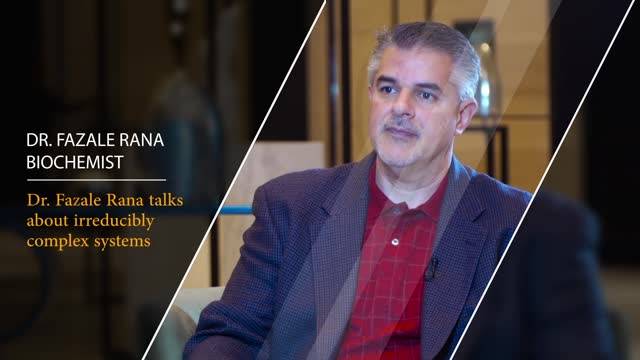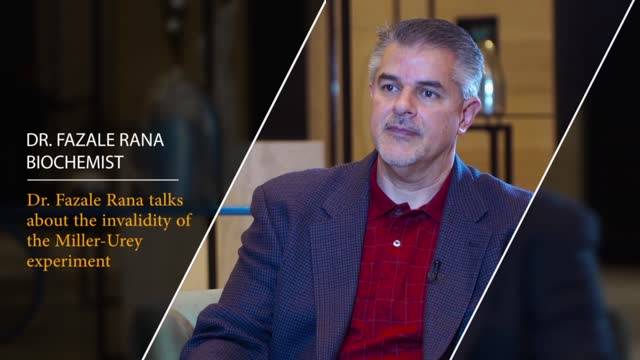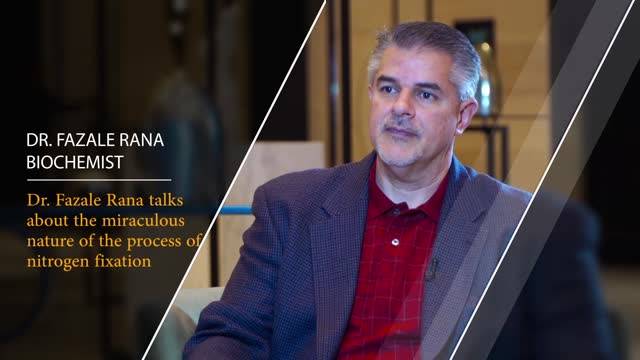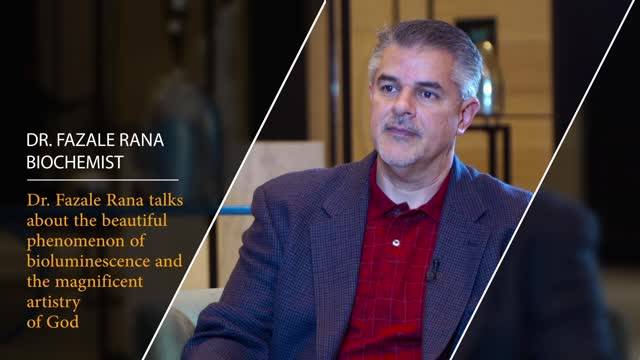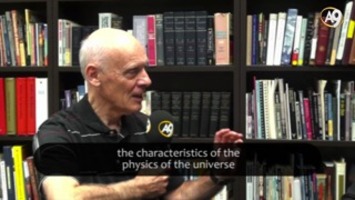Dr. Bijan Nemati talks about the special conditions that make the Earth habitable
- Scientists are looking for exoplanets. But despite all their efforts, they couldn't find any so far. Isn't it very extraordinary that universe is so big, but our planet seems to be the only one with conditions right for life and that it looks very specially created and very well protected?
- Prior to 1995, there had been many attempts for detection of planets around other stars and these would be extrasolar planets, or exoplanets. And every attempt or every discovery was proven to be either subject to doubt or just incorrect. But in 1995, two teams discovered a planet around 51 Pegasi. This was a real observation of a planet around another star. At that point, there was a very great sense of euphoria in the scientific community because for the first time we have had begun to have techniques that are sensitive to seeing planets around other stars. So in 1995, the expectation was that there are planets abundantly around other stars and many planets like the earth will be very easily observable. If you look at the statements made for example to national academies or to the congress of the US by American scientists, they talk about billions of earths just within our galaxy. But in fact since 1995, as our techniques have even more improved, yes what we have seen is thousands of planets around other stars. But when you compare those planets with the earth, what you find is that planets yes there are, but earth-like planets, there essentially are not because the requirements for an earth-like planet are many many requirements. The planet itself has to be situated in what is called the habitable zone. A habitable zone is essentially a distance from the sun where the mean temperature of the planet is one in which liquid water can exist, at least somewhere on the planet. So if you are too close, what you end up having is that there is excess heat and the heat evaporates the water, which causes a greenhouse effect. This causes an effect that the planetary geologists call the ‘moist greenhouse’ that then leads to a ‘runaway greenhouse’ and so all the water eventually evaporates. When it evaporates, it gets to the upper reaches of the atmosphere where a particle process called sputtering essentially sends particles from the sun and knock off the hydrogen off the upper atmosphere of the planet. And the planet becomes desiccated. So it doesn't just stay moist, it just actually gets desiccated. On the other hand, if the planet is too far from the sun, the star, then the moisture will snow down onto the surface of the planet, where the albedo, which is the reflectivity of the planet, goes up. As it does that, the planet temperature drops, which causes more snowing and you end up with a situation called the snowball earth. So you have a runaway greenhouse on one hand and a snowball on the other hand. And only in the middle is a perfect state. Now calculations have been done to say from the earth, how far closer can I go before I get into a runaway greenhouse? Some of these calculations put it at 1%. We're 1% closer and we get into a runaway greenhouse. So we are very very perfectly situated and that’s just from the standpoint of distance.
Then the point is that not all the stars are the same. We have a very stable, energetic star; a massive, energetic, stable star. If our star was one of the more common stars, like an M star, which would be a cooler star, the habitable zone is closer; I have to be closer to be habitable so that we have the moisture. But when I’m that close, it turns out that I am very close to a star which is very unstable and stars have a lot of strong energy output changes that also damage the planet. The other thing that happens is that the planet’s day and night cycle, which is governed by its spin, as you get closer there is a gravitational effect called tidal friction and tidal locking, which essentially locks the planet, so that one side of the planet is the only side that is seen. So one side of the planet totally burns up, the other side just gets super chill. These are just two of a great number of conditions that have come together for the earth.












